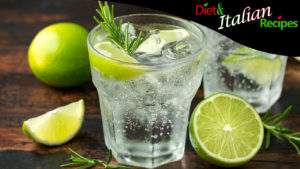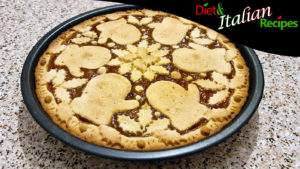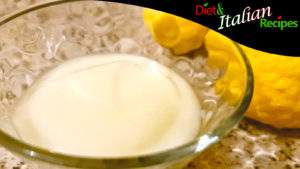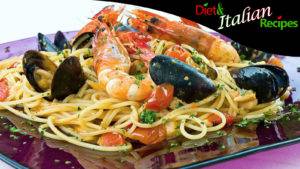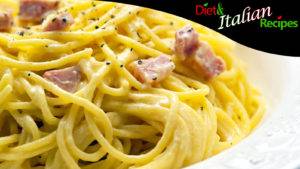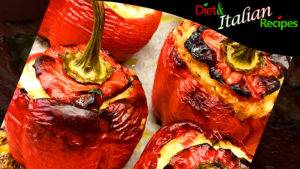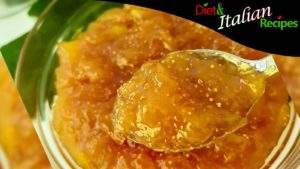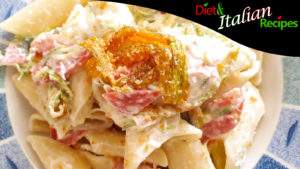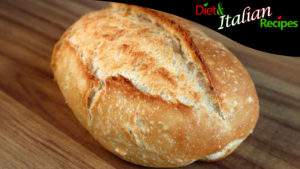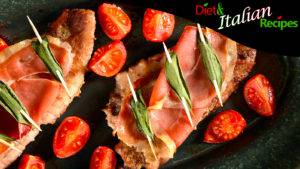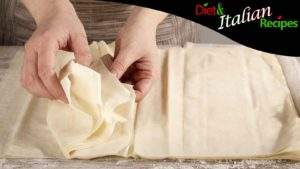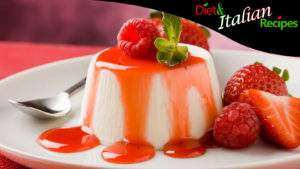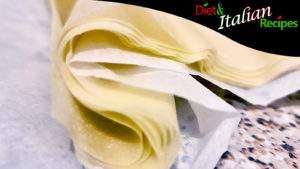The Gin Tonic is an English cocktail made with Gin and Tonic water. Originally a colonial drink, it is still one of the most popular cocktails among bartenders worldwide. This refreshing beverage, made with gin and tonic water, has the potential to become a delightful experience even in the comfort of your own home. To add that personal touch, you can enhance your Gin Tonic with juniper berries, mint leaves, rosemary, and lime slices. But be careful, preparing this cocktail is not simply about pouring two ingredients into a glass with ice and some spices. That’s why we present a complete recipe that includes the right measurements of the ingredients, preparation methods, and the perfect glass to fully enjoy this timeless classic.
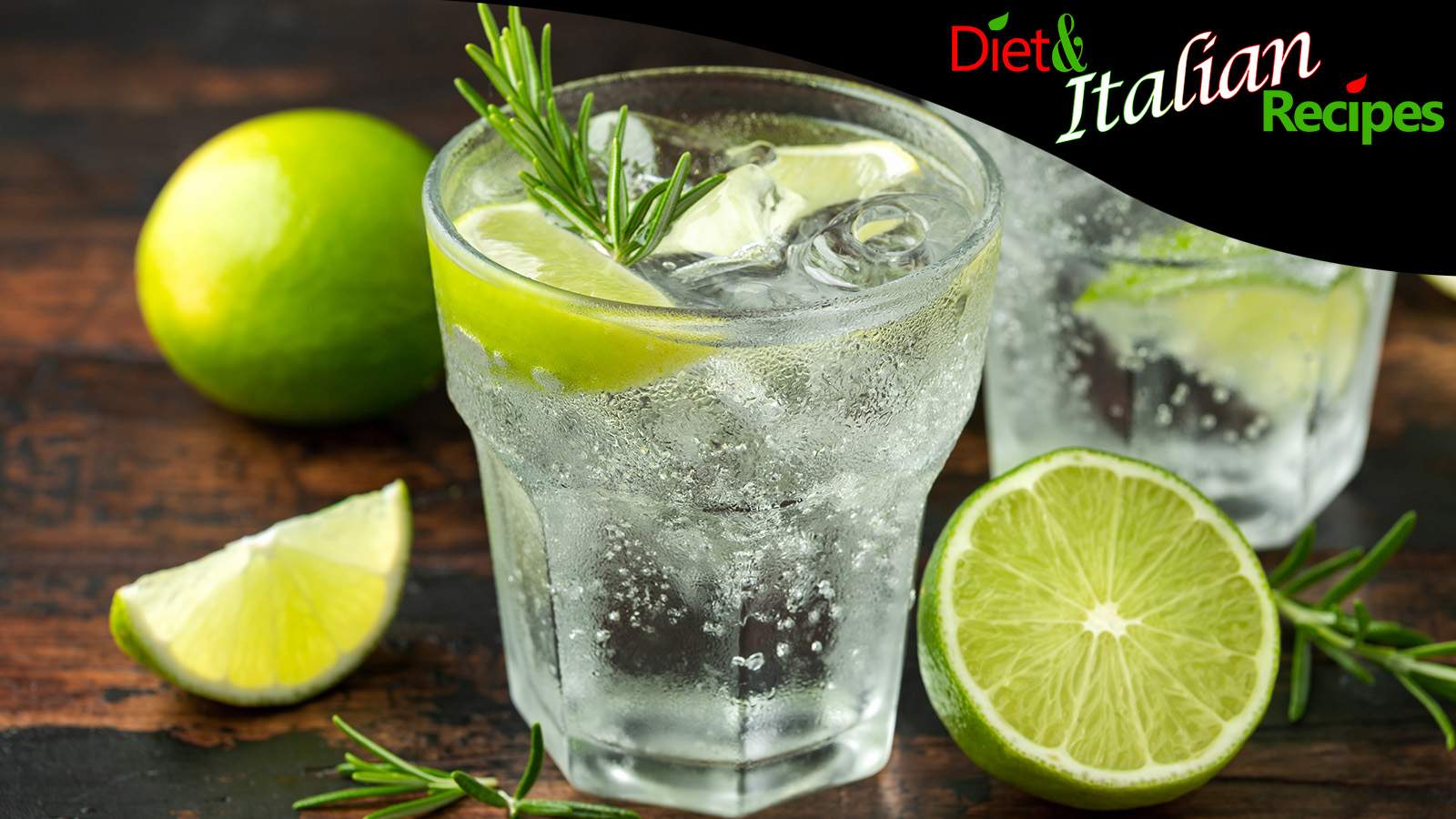
The Gin Tonic: The Drink of English Colonists Against Tropical Diseases
The Gin Tonic represents an incredible accidental discovery, like many of the best recipes. Its origin dates back to the British colonial era, when soldiers wanted to protect themselves from tropical diseases such as malaria. During those times, they drank Indian Tonic Water, a beverage containing therapeutic quinine. However, they found the taste of this tonic water too bitter, so they decided to dilute it with water and add Gin (gin and tonic), a widely available distillate in British supplies and much more pleasing to the palate. And so, the first Gin Tonic was born, which is now enriched with a variety of spices and herbs, including juniper berries, rosemary, and peppermint, and served with plenty of ice, slices of lime, or lemon zest. We will therefore explore together this tonic alcoholic beverage, the Gin Tonic cocktail, which has become a symbol of England.
During the English colonial era, the Gin Tonic proved to be a valuable ally in fighting tropical diseases. Its main ingredient, Indian Tonic Water, contained quinine, known for its therapeutic properties. The English soldiers, aware of quinine’s antimalarial effect, made extensive use of it to protect themselves from diseases contracted during their expeditions in tropical regions. However, they found the taste of tonic water too bitter to drink on its own, so they decided to mix it with Gin, a distillate that was abundant in their supplies. This blend turned out to be a perfect solution: the Gin softened the bitter taste and made the beverage more pleasing to the palate. From that moment on, the Gin Tonic became a popular drink among English soldiers, and later it spread to civilians as well.
Today, the Gin Tonic has undergone various evolutions and is served in creative variations. In addition to Indian Tonic Water and Gin, spices and aromatic herbs are added to enrich its flavor. Juniper berries, rosemary, and peppermint are just some of the options available to personalize the taste of the cocktail. Furthermore, it is often accompanied by plenty of ice, slices of lime, or lemon zest, which contribute to making the drink cool and refreshing. The Gin Tonic has become a symbol of England and continues to be appreciated worldwide for its unique flavor and fascinating origins.
In addition to its fascinating history, the Gin Tonic offers a wide range of flavors and aromas. Juniper berries give the cocktail a distinctive aroma, while rosemary and peppermint add a touch of freshness. These aromatic herbs blend harmoniously to create a balanced and refreshing beverage.
To prepare an authentic Gin Tonic, let’s not forget the importance of ice. The addition of plenty of ice makes the drink even more refreshing, providing a pleasant feeling of coolness during hot summer days. Additionally, slices of lime or lemon zest add a touch of acidity and complete the presentation of this iconic cocktail.
Over time, the Gin Tonic has become a symbol of England and a popular cocktail worldwide. Its unique history, linked to the colonial era and the fight against tropical diseases, makes it even more interesting. So, if you want to savor a beverage that encapsulates history, freshness, and unique flavors, the Gin Tonic is the perfect choice. Sip on this classic cocktail and immerse yourself in its fascinating origins.
How to Make Gin Tonic: Proportions, Alcohol Content, and Cocktail Ingredients
How to make Gin Tonic? First of all, we need to have the classic barman tools, including a jigger, a sandglass-shaped measuring cup, a bar spoon, a long-handled and rolled-up spoon used to mix cocktails, and a barman’s pliers, ideal for taking ice or positioning herbs and citrus slices with its teeth.
Now that you have the right tools at your fingertips, it’s time to talk about the main ingredients for a delicious Gin Tonic. You’ll need quality gin, fresh tonic, and ice. It’s important to choose a gin you like, as its flavor will be crucial to the final result. Make sure you also have a good tonic, preferably a craft or reputable brand, as it will greatly influence the overall taste of the cocktail. Ice is essential for chilling the drink and maintaining its freshness.
Let’s now move on to the correct dosage of the ingredients. In general, for a classic Gin Tonic, it is recommended to use one part gin and three parts tonic. This balance allows the flavors to blend harmoniously. You can adjust the ratio to your liking, depending on how much you want the gin to stand out or how light you want the cocktail to be. It all depends on your personal preferences!
The standard proportion for making a good Gin Tonic is 1/3 Gin and 2/3 Tonic. The measurements refer to the jigger used by bartenders, and the quantities for making Gin Tonic are measured in the large cone of the jigger.
The alcohol content of a Gin Tonic is about 17° degrees, due to the presence of alcohol in the gin, bottled at least 37.5% vol, and is considered a spirit.
The best time to make Gin Tonic is between 11 am and noon for a brunch with friends or in the evening at an event.
Let’s see how to make a good Gin Tonic at home following the bartenders’ tips.
Gin Tonic Recipe
Other details
- Difficulty: Easy
Ingredients
- 1.7 oz Gin
- as needed Tonic Water (fill the glass)
- as needed Large Ice Cubes
- 1 Lemon slice (or Lime)
- 1 sprig fresh Rosemary (optional)
- 1 tsp Juniper Berries (optional)
Instructions
How to make Gin Tonic
- To make a Gin Tonic, choose a tall and straight glass (a highball glass will work perfectly). First, place large ice cubes inside the glass with tongs.
- Pour measured gin with a jigger into 1/3 of the large cone, then pour tonic water into the glass until it's full. Only after pouring the tonic water, take the bar spoon and gently stir the cocktail. Do not stir the tonic water in as it will lose its fizziness.
- Now, add a lemon zest or a slice of lime, a sprig of fresh rosemary or peppermint leaves, or even two slices of cucumber to the Gin Tonic. Serve the Gin Tonic without a straw to enjoy the essential oils from the lemon.
Conservation
- Refrigeration: If possible, store the Gin Tonic in the refrigerator. Transfer the cocktail to an airtight container or the same gin bottle if available, and seal it well. Refrigeration will help preserve the taste and aromas of the cocktail for a longer period.
- Separate the ice: If you added ice to your Gin Tonic, it might be a good idea to separate the ice from the cocktail before storing it. The ice can melt over time and alter the cocktail’s dilution, so gently remove it before putting the Gin Tonic in the fridge.
- Airtight sealing: Make sure the container or bottle is tightly sealed to prevent the entry of air or external odors that could compromise the cocktail’s flavor. If you’re using a container, ensure that the lid fits perfectly and seals well.
- Consume within 24 hours: Although it’s possible to store homemade Gin and Tonic for a short period, it’s advisable to consume it within 24 hours to ensure freshness and flavor quality. Over time, the ingredients may lose their optimal characteristics, and the cocktail may not be as tasty.
- Remember that Gin Tonic is best when freshly prepared, so you can fully appreciate its aromas and flavor balance. However, by following these guidelines, you can store your homemade Gin Tonic for a short period without compromising its quality too much.
SHARE Gin Tonic, the Recipe with proportions, alcohol content, calories, and cocktail ingredients.
